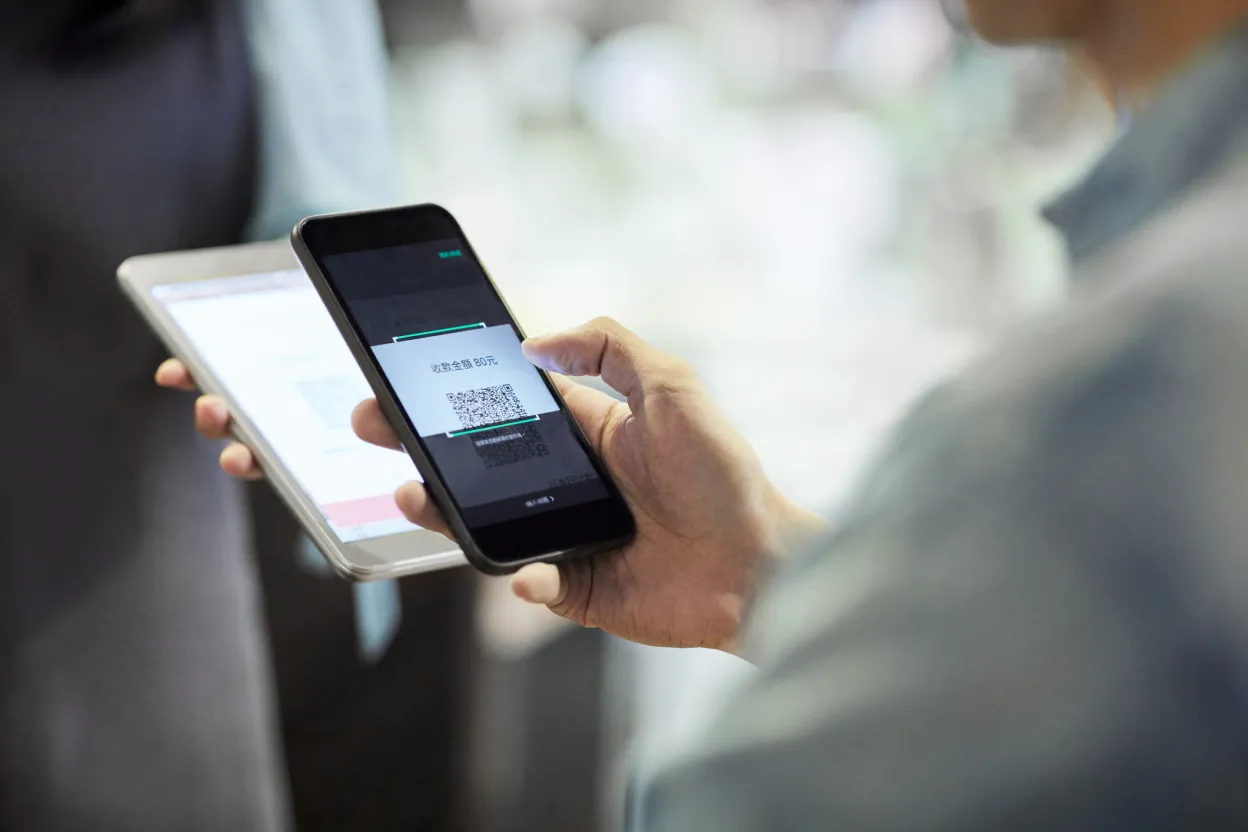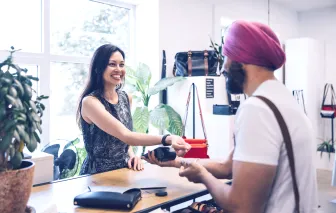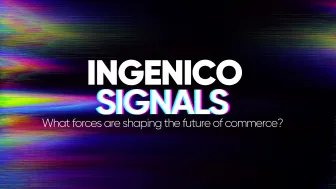01 Aug 22
IDEAS ALTERNATIVAS - Ayudar a los minoristas a sacar provecho del creciente número de métodos de pago disponibles en todo el mundo.









Conozca las últimas noticias sobre Ingenico.
Envíenos un mensaje a través del siguiente enlace y le responderemos lo antes posible.